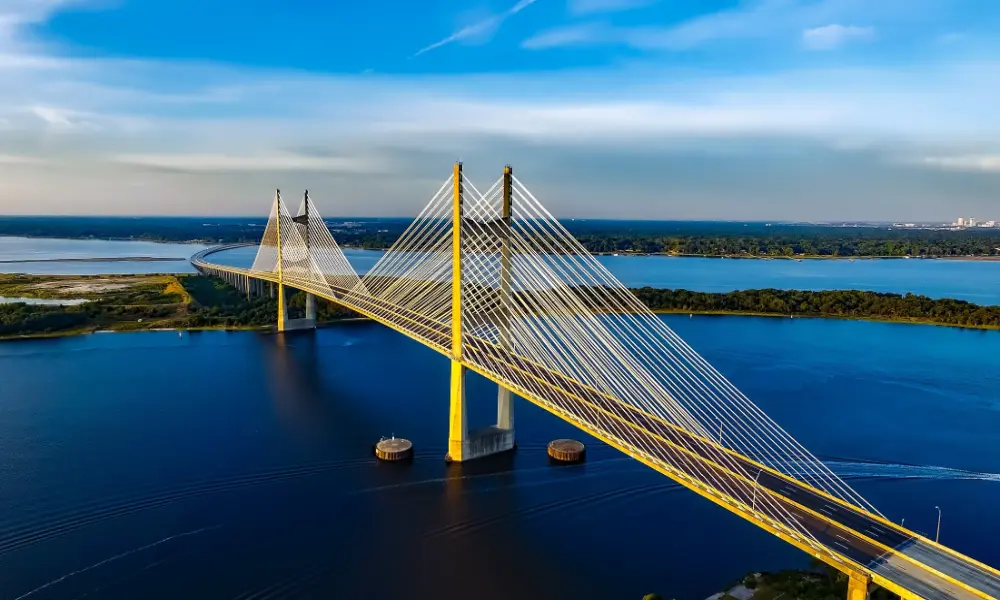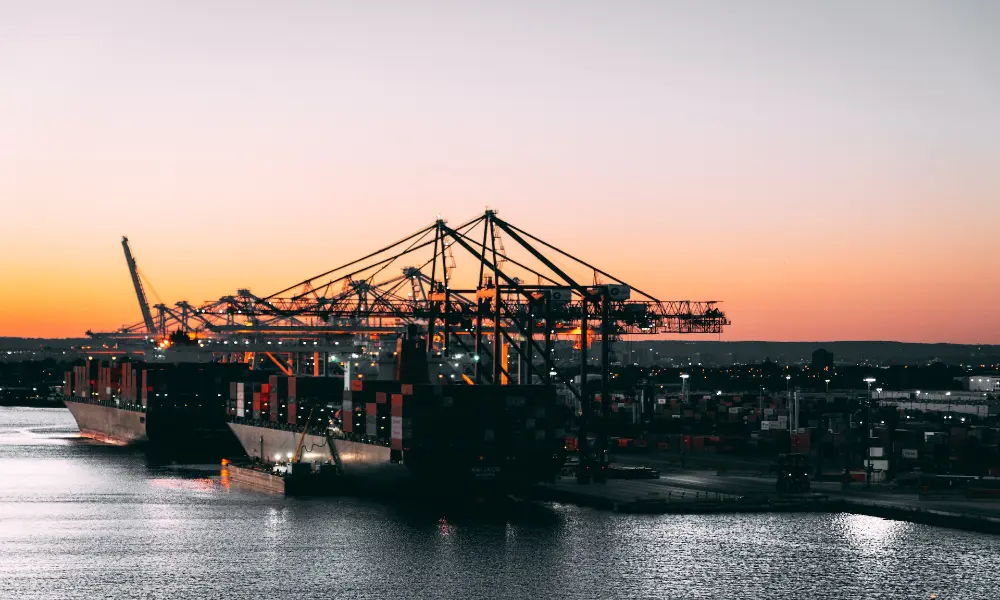South American ferry operator, Buquebus, is about to make waves on the continent by possessing its first-ever environmentally friendly, battery-electric ferry. This resilient ro/pax (roll-on/roll-off passenger) ferry, with its lightweight aluminum hull, will house the most giant energy storage battery, a record for any ship worldwide. Boasting an impressive capacity of 40 MWh, this battery is poised to outshine its closest competition, with four times the energy storage and forty times the power of the inaugural battery-powered car ferry, the Ampere.
New Records in Maritime Navigation
This phenomenal move achieves more than just powering a ship. It marks an unprecedented application of all-electric energy that pushes the boundaries. The novel 425-foot vessel is designed to complete a staggering 145-nautical mile journey across the Rio de la Plata between Buenos Aires and Montevideo. However, this is no small task for a humble harbor ferry. This ultra-modern vessel is equipped to carry up to 2,100 passengers, and 225 cars, and even make room for a massive 6,000-square-foot duty-free store.
Buquebus has a notable history of embracing high-tech ventures. The Francisco, its flagship vessel, employs LNG-fuelled gas turbine engines to achieve a leading speed of roughly 55 knots, thereby making it the swiftest passenger vessel across the globe. When the green flag was raised for a battery-electric vessel, Buquebus collaborated with Francisco’s builder, Incat, to evaluate possible alternatives.
Pioneering All-Electric Power Potential
In an innovative partnership with battery creator Corvus and marine technology provider Wärtsilä, Incat generated an aluminum fast-ferry that surpasses all expectations of all-electric power. The partners reveal that the cornerstone of this venture was the inventive battery bank design. By eliminating the mounting rack from the original design, Corvus successfully streamlined its mass and compacted its volume.
The resulting lightweight battery bank, paired with aluminum construction, allows for a uniquely shallow-draft design that can navigate the limited water depth of the Rio de la Plata. As Corvus Commercial Director Halvard Hauso affirmed, “It is all possible because we have now developed a new battery that is extremely light in weight and also extremely good on volume density.”
A Revolutionary Shift to Battery-Electric Power
This monumental project signifies a quantum leap in battery-electric energy, and according to Hauso, may even redefine what constitutes a large project in the future. The ambition to create a zero-emission journey across the English Channel could soon be a reality.
Venturing into these green waters also gives Incat global recognition, potentially attracting more business. Robert Clifford, the Incat founder, expressed his hope that the world’s interest in Incat’s capabilities to provide electric ships represents a significant opportunity for Tasmania. Meanwhile, Wärtsilä will provide a holistic propulsion system integration, including batteries, electric motors, energy management systems, shore charging systems, and eight axial-flow waterjets.



